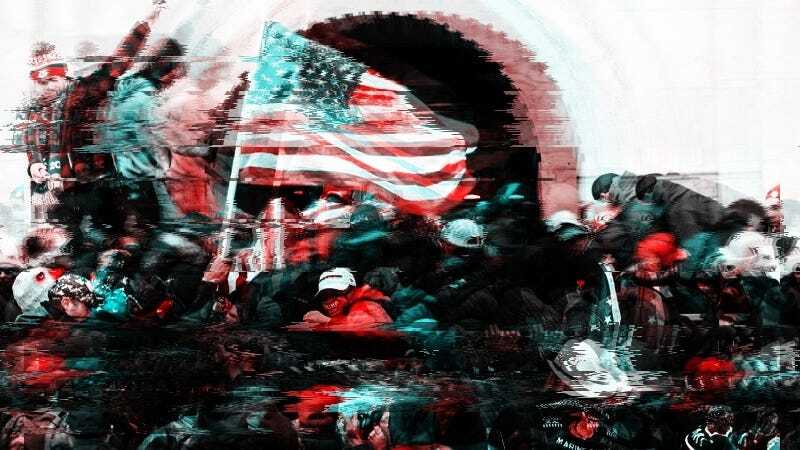- cross-posted to:
- noshitsherlock
- cross-posted to:
- noshitsherlock
Political violence is at historic levels in the US, and if recent events are any indication, things are about to take a turn for the worse just as we approach the 2024 presidential election campaign. This continues a trend that started in 2016, when politically-motivated violence spiked to levels not seen in decades, but what we’re seeing now seems to represent a shift in the trajectory of political violence — a shift towards more widespread, targeted, and high-impact violence. It’s the type of violence that accelerationist extremists have long espoused; the type that is meant to pave the way to another civil war.
In just the past few weeks, we’ve seen a rash of swatting incidents targeting political figures, along with bomb threats sent to government offices in at least 23 states, resulting in the evacuation of at least nine state capitals. Most recently, Donald Trump’s trial in New York — where he faces fraud charges — was briefly paused after the judge overseeing the trial received a bomb threat against his home in Long Island.
. . .
These incidents are in line with a longer-term trend of increasing levels of political violence that began in 2016 and likely still hasn’t reached its peak despite reaching levels not seen in half a century. From 2021 through 2023, Reuters identified 213 cases of political violence in the U.S., representing “the biggest and most sustained increase in political violence since the 1970s.” At least 39 people were killed in these incidents, nearly all of which were perpetrated by people with right-wing political leanings. Compared to the last major peak of political violence in the 1970s, the aims, tactics, and style associated with political violence today are notably different. In the 1970’s, political violence in the U.S. was often perpetrated by left-wing radicals and focused largely on destroying property like government buildings, whereas the recent wave of violence from right-wing extremists is much more focused on harming or killing people. This may be due in part to differences in the broader political climate: traditionally, political divisions have been driven mostly by policy differences between those on the left vs. right, but today’s divisiveness tends to be rooted in beliefs that members of the opposing political party are evil actors working to destroy America.



I think you misunderstood me?
I’m not saying the article is bad or wrong. I’m taking exception to putting kiddie gloves in headlines.
Think about the people who only read this concisely while browsing headlines. The headline is completely ambiguous and easily reinforces the person’s heels beliefs instead of laying out the important part of where it comes from.
This is before the author and content even comes into play.